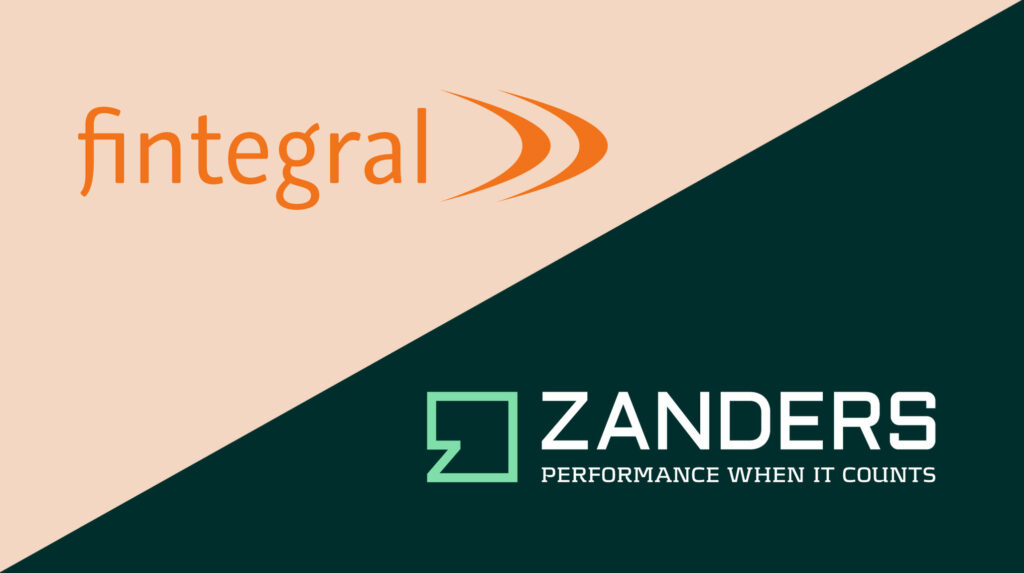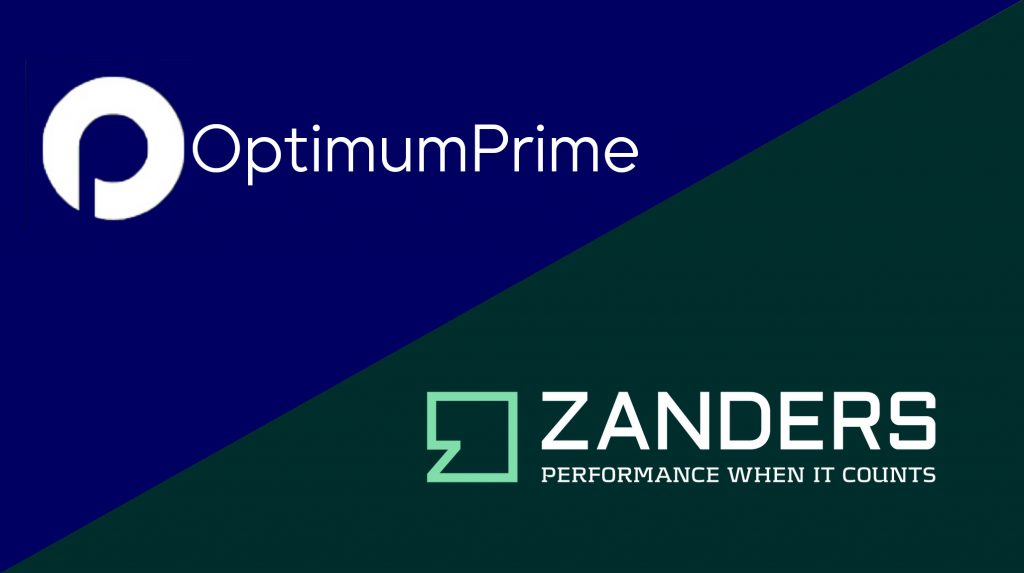Blog
IFRS 18: What Treasury Needs to Know Now
IFRS 18 introduces significant changes to FX classification and reporting requirements by January 2027. Despite that this adoption date still feels quite far away, there is quite some time
Find out more
While Swift and the banking community prepare for the end of the MT-MX co-existence in November, the cross-border payments landscape is continuing to evolve.
What challenges will still exist with the Swift-based correspondent banking model, and could new opportunities materialize through extending existing domestic instant payment schemes into a global cross-border proposition?
The evolution of the payments industry over the past 20 years has been significant, both in terms of the number of available settlement methods and how transactions can now be made. At a global industry level, there has been a greater focus on payments since G20 leaders endorsed the Roadmap for Enhancing Cross-border Payments1 in 2020. The G20 made this activity a priority – specifically making cross-border payments, including remittances, faster, cheaper, more transparent, and inclusive. The current SWIFT migration to ISO 20022 XML for cross-border payments is possibly the most significant disruption to traditional global cross-border payments since SWIFT first introduced electronic financial messaging back in 1977. This transformation will deliver on one of the key building blocks identified by the Committee on Payments and Market Infrastructures (CPMI) back in July 20202: Data and Market Practices. It is recognized that better-quality data will improve the overall efficiency, speed, and compliance of payments. But while this industry initiative will deliver material benefits, this change addresses only legacy file format limitations. It does not remove many long-standing difficulties with cross-border correspondent banking.
The correspondent banking model is an essential part of cross-border payment flows. Its foundation is a series of bilateral agency agreements, whereby a bank maintains a physical bank account (and deposits) with another (correspondent) bank. This relationship enables the contracting bank to access an agreed range of financial services typically in different countries. The banks use the Latin terms nostro and vostro to describe the same bank account but from different points of view. Nostro refers to "our" account held in a foreign bank, while vostro refers to the foreign bank’s point of view, whereby they hold "your" account in their bank.
The established correspondent banking approach was developed hundreds of years ago. It includes a number of material challenges that will still exist post the SWIFT MT-MX migration in November 2025:
These are not the only concerns around the legacy correspondent banking model. In 2016, the Governors of the Bank for International Settlements (BIS) Economic Consultative Committee (ECC) mandated the Committee on Payments and Market Infrastructures (CPMI) to produce a report3 on any threats to its safe and efficient functioning. Analysis using SWIFT data highlighted a trend towards concentration in correspondent banking activities. The report identified that some banks providing these services were reducing the number of relationships they maintain and were establishing fewer new ones – highlighting a risk that some banks might be cut off from the international payment networks. This situation implies a threat that cross-border payment networks might fragment and that the range of available options for these transactions could narrow. The CPMI recommendations tried to address some of the costs and concerns connected with correspondent banking activities. However, it acknowledged that the issues surrounding the withdrawal from correspondent banking are complex.
Instant (real-time) payments accounted for 266.2 billion transactions globally in 2023. This is a year-on-year growth of 42.2%, highlighting that just under one-fifth of all electronic payments globally were real-time, based on a report from ACI Worldwide4. With instant domestic payments now available in more than 70 countries, the report also estimates that at least 25% of domestic payments will be instant by 2028. And with domestic instant payments reaching their destinations in seconds at a near-zero cost to the sender, instant (real-time) payments are faster, cheaper, and generally more accessible. Through a corporate lens, they help to reduce costs when compared with traditional SWIFT cross-border payments. Importantly, they also improve liquidity because funds are received on a real-time/near real-time basis, which has an immediate positive impact on cash flow. Instant payment transaction limits continue to increase. The US FedNow service allows an optional transaction limit of up to $500,000; UK Faster Payments is now at £1 million for business transactions; and the 2025 SCT (SEPA) Instant rulebook removes the maximum transaction limit at a scheme level. All of these factors will help drive greater industry adoption.
Project Nexus is a BIS Innovation Hub (BISIH) project. It explores how to leverage the successful foundation of domestic instant payments as a means of addressing the limitations of correspondent banking and improving the speed, cost, transparency, and accessibility of cross-border payments. The concept is a simple one: by connecting domestic instant payment systems (IPS) to each other, a multinational IPS service can be created that enables cross-border payments from sender to recipient within 60 seconds (in most cases).
Is this just a pipe dream? Absolutely not. This project proves the vision of the G20 Roadmap for Enhancing Cross-border Payments can be achieved for speed, cost, transparency, and accessibility. The journey started in April 2021 (pre-Nexus) with a successful bilateral test connecting Singapore and Thailand using tokenization (sending payments across the border with just the recipient’s phone number). In 2022, Project Nexus completed a proof of concept (PoC) with the European Central Bank (ECB), Singapore, and Malaysia.
Project Nexus removes the challenges around a bilateral connection by introducing a standardized utility that would enable each domestic IPS to connect once only to this utility, based on ISO 20022 global financial standards. This vision moved a step closer to reality with the completion of a third phase in mid-2024, in which the BISIH Singapore center worked with the central banks and IPS operators of Indonesia, Malaysia, the Philippines, Singapore, and Thailand to evaluate the utility-based approach. It focused on the following core areas:
The focus is now on preparing for production with India, Malaysia, the Philippines, Singapore, and Thailand. Both the ECB and Indonesia will be special observers to this initial production phase.
In addition to Project Nexus, private sector fintechs are also developing commercial services to interlink domestic payment systems to create a worldwide instant payment capability. One of the leading players in this field is UK-based RTGS.global. It uses a cloud-hosted ledger to enable banks and payment providers to settle in real time, at any time of day, with counterparties around the globe.
Instant settlement is the key to turning cross-border payments from the legacy message-based correspondent banking model into modern real-time value exchange.
While it is unrealistic to expect Project Nexus to completely replace the current correspondent banking model for cross border payments, alongside startups such as RTGS.global, it will introduce further choice around the payment process. And by using modern payments technology, adopting ISO 20022 payment messaging standards, and leveraging the existing domestic IPS network, there is a real opportunity to make the cross border payments experience almost as smooth and efficient as domestic payments. For corporates that initiate cross border payments within these initial payment corridors, this is now an area worth exploring with their banking partners to understand both the roadmap and the true potential of this initiative. For the rest of the corporate community, this initiative, along with other cross border payment solutions, should now be on the radar.
For more information on cross-border payments and Swift related challenges, please contact Eliane Eysackers or Mark Sutton.
*This blog was first published here: End of Days | Treasury Management International
IFRS 18 introduces significant changes to FX classification and reporting requirements by January 2027. Despite that this adoption date still feels quite far away, there is quite some time
Find out moreBuilding on the June 2024 launch of the new EU AML/CFT framework and the creation of the Anti-Money Laundering Authority (AMLA), SupTech (short for Supervisory Technology) now stands as a key
Find out moreAs the European Union increasingly emphasizes robust digital resilience within the financial sector as of January 17th 2025, the Digital Operational Resilience Act (DORA) has become a critical
Find out moreManaging banking book risk remains a critical challenge in today’s financial markets and regulatory environment. There are many strategic decisions to be made and banks are having trouble
Find out moreOn July 2nd, the European Banking Authority (EBA) published a Consultation Paper proposing amendments to its 2016 Guidelines on the application of the definition of default (DoD). As part of the
Find out moreArtificial intelligence (AI) is advancing rapidly, particularly with the emergence of large language models (LLMs) such as Generative Pre-trained Transformers (GPTs). Yet, in quantitative risk
Find out moreIn an industry where growth is often measured in multiples, and value creation is expected to be both scalable and repeatable, operational excellence is no longer a supporting function—it’s
Find out moreWith extreme weather events becoming more frequent and climate policy tightening across jurisdictions, banks are under increasing pressure to understand how climate change will impact their
Find out moreWith the introduction of CRR3, effective from January 1, 2025, the ‘extra’ guarantee on Dutch mortgages – known as the Dutch National Mortgage Guarantee (NHG) – will no longer be
Find out moreAccording to the IFRS 9 standards, financial institutions are required to model probability of default (PD) using a Point-in-Time (PiT) measurement approach — a reflection of present
Find out moreInflows from open reverse repos In May 2024 the EBA stated1 that inflows from open reverse repos cannot be recognised in LCR calculations unless the call option has already been
Find out moreThis article is intended for finance, risk, and compliance professionals with business and system integration knowledge of SAP, but also includes contextual guidance for broader audiences. 1.
Find out moreOur team at Zanders has been at the forefront of implementing BACS AUDDIS (Automated Direct Debit Instruction Service) with SAP S/4HANA, helping clients to streamline their direct debit
Find out moreThailand's e-Withholding Tax (e-WHT) system officially launched on October 27, 2020, in collaboration with 11 banks, marking a significant digital transformation with far-reaching benefits for
Find out moreIn today’s rapidly evolving financial landscape, fortifying the Financial Risk Management (FRM) function remains a top priority for CFOs. Zanders has identified a growing trend among
Find out moreEmergence of Artificial Intelligence and Machine Learning The rise of ChatGPT has brought generative artificial intelligence (GenAI) into the mainstream, accelerating adoption across
Find out moreIntroduction In December 2024, FINMA published a new circular on nature-related financial (NRF) risks. Our main take-aways: NRF risks not only comprise climate-related risks,
Find out moreAs mid-sized corporations expand, enhancing their Treasury function becomes essential. International growth, exposure to multiple currencies, evolving regulatory requirements, and increased
Find out moreIndustry surveys show that FRTB may lead to a 60% increase in regulatory market risk capital requirements, placing significant pressure on banks. As regulatory market risk capital requirements
Find out moreFirst, these regions were analyzed independently such that common trends and differences could be noted within. These results were aggregated for each region such that these regions could be
Find out more
In a continued effort to ensure we offer our customers the very best in knowledge and skills, Zanders has acquired Fintegral.

In a continued effort to ensure we offer our customers the very best in knowledge and skills, Zanders has acquired RiskQuest.

In a continued effort to ensure we offer our customers the very best in knowledge and skills, Zanders has acquired Optimum Prime.
You need to load content from reCAPTCHA to submit the form. Please note that doing so will share data with third-party providers.
More Information